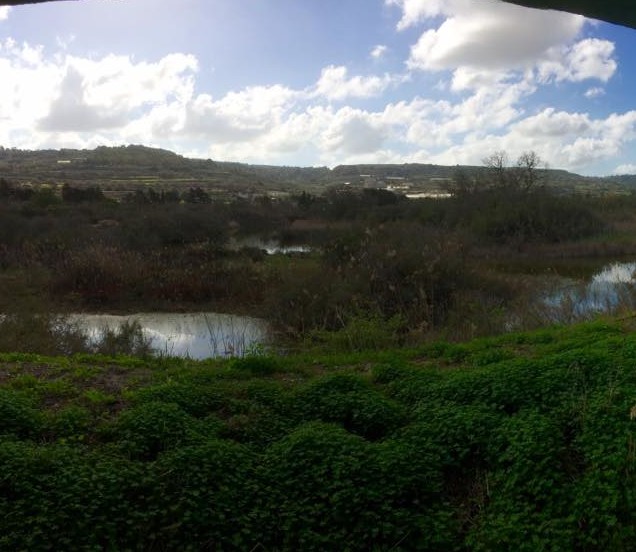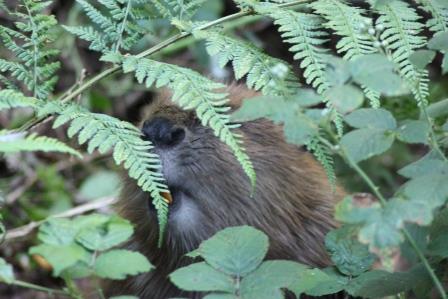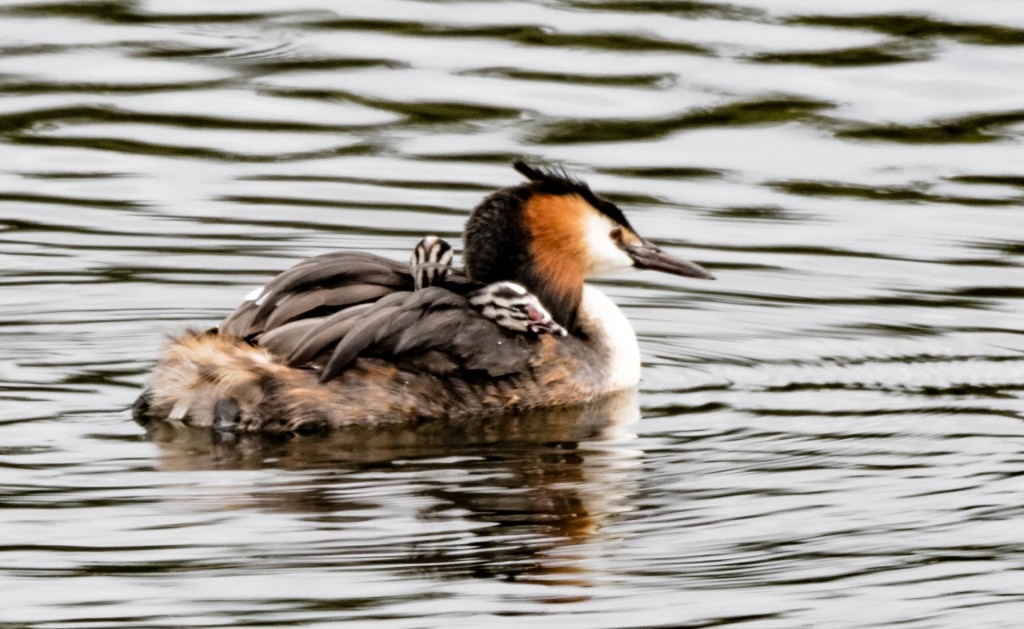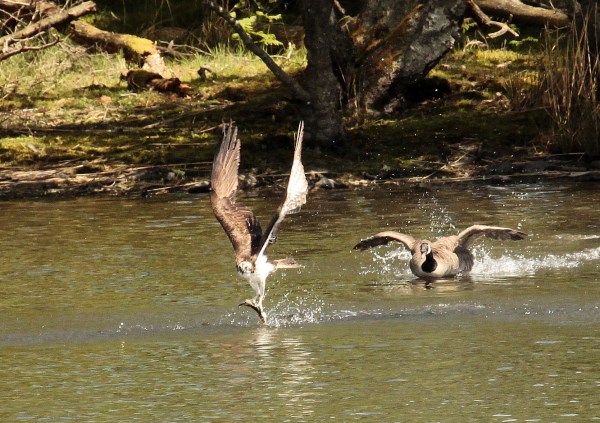Importance of Loch of the Lowes
Today is World Wetlands DayWorld Wetlands Day, a day dedicated to raising awareness of the international importance of all wetlands, from peat bogs to marsh lands, and highlighting the threats that they face.

Wetlands are a magnet to a variety of wildlife, from insects to mammals. Along many bird migration routes they provide safe havens for birds to rest and refuel before continuing their long journeys. Examples include such places as Ghadira and Is-Simar Nature Reserves – two wetland reserves on the island of Malta, managed by Birdlife Malta which are frequently used as a stopover for birds like spoonbills, grey herons, little egrets and other avian species.
Loch of the Lowes is also an important ecosystem that offers a refuge to a wide variety of wildlife. The loch is a SSSI (Sites of Special Scientific Interest), designated amongst other things for the presence of a small aquatic plant, slender naiad (Najas flexilis). The loch is one of the few remaining lochs in the UK where one can find this rare plant.
The loch is also home to beavers – an important species, which help to restore wetland areas and improve the biodiversity of the area. At Loch of the Lowes we’ve seen the positive influences that beavers can have on woodlands. They help bring new life to older woodlands by felling trees that naturally coppice and regenerate, with this fresh growth providing food for others.

Loch of the Lowes is also well known for its variety of bird life and the first bird that comes to everyone’s mind is the osprey. Ospreys first re-appeared on the loch in 1969 and breed successfully in 1971. One of the most famous ospreys in the UK, “Lady” called Loch of Lowes home for 24 years, from 1991-2014. She successfully raised 50 chicks during her life time. Apart from ospreys a number of other waterbird species breed on the loch, including great crested grebes and goosanders.

During autumn and winter, wildfowl such as goldeneye, tufted ducks, wigeon, pink-footed and greylag geese roost and feed on the loch. Large numbers of black-headed and common gulls also use the loch as an overnight roost. Whooper swans use the loch as a stopover before continuing their journey.
The loch also has a healthy population of perch and pike, providing the ospreys with a regular food source during the summer months.

Scottish Wildlife Trust is working in partnership with SNH (Scottish Natural Heritage), SEPA (Scottish Environmental Protection Agency) and our neighbours to protect this important wetland ecosystem. Loch of the Lowes is a low nutrient environment, which can be adversely affected by nutrient runoff from surrounding farmland. We work closely with surrounding landowners to minimise nutrient runoff into the loch and carry out monthly water samples to monitor changes in nutrient levels.
Chris Cachia Zammit
Help protect Scotland’s wildlife
Our work to save Scotland’s wildlife is made possible thanks to the generosity of our members and supporters.
Join today from just £3 a month to help protect the species you love.
Preface
Today is World Wetlands DayWorld Wetlands Day, a day dedicated to raising awareness of the international importance of all wetlands, from peat bogs to marsh lands, and highlighting the threats …
